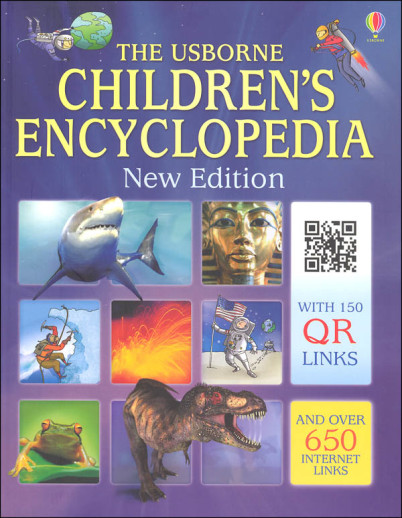We use cookies to make your experience better. To comply with the new e-Privacy directive, we need to ask for your consent to set the cookies. Learn more.
Children's Encyclopedia (Usborne Int-Linked)
Paperback. 7.5" x 9.75"
This an excellent book for those young, inquiring minds. Arranged thematically, this brilliantly colored and illustrated reference guide is overflowing with heaps of interesting information. The book is arranged by the following topics: Our World, Animals and Plants, How Your Body Works, History, How People Live, Science, How Things Work, Space, and Maps of the World. Learn about various geological phenomena in the Our World section or perhaps about the planets in the Space section. Perhaps your child is more interested in the technical side of things. In this case, visit the How Things Work section to find out how many common everyday appliances like clocks, telephones, or refrigerators work. No matter where you child's interest may lie, there is a wealth of information to be garnered from this volume. In this 2014 version of Usborne Internet-Linked books, almost every page includes website links and QR scan codes which provide access to a myriad of videos, charts, graphs, as well as info and research links. The smaller softcover version is an exact replica of the larger hardcover edition. 320 pgs.
| Product Format: | Softcover Book |
|---|---|
| Brand: | Usborne |
| Grades: | 3-8 |
| ISBN: | 9780794528430 |
| Length in Inches: | 9.75 |
| Width in Inches: | 7.75 |
| Height in Inches: | 0.875 |
| Weight in Pounds: | 2.2 |

